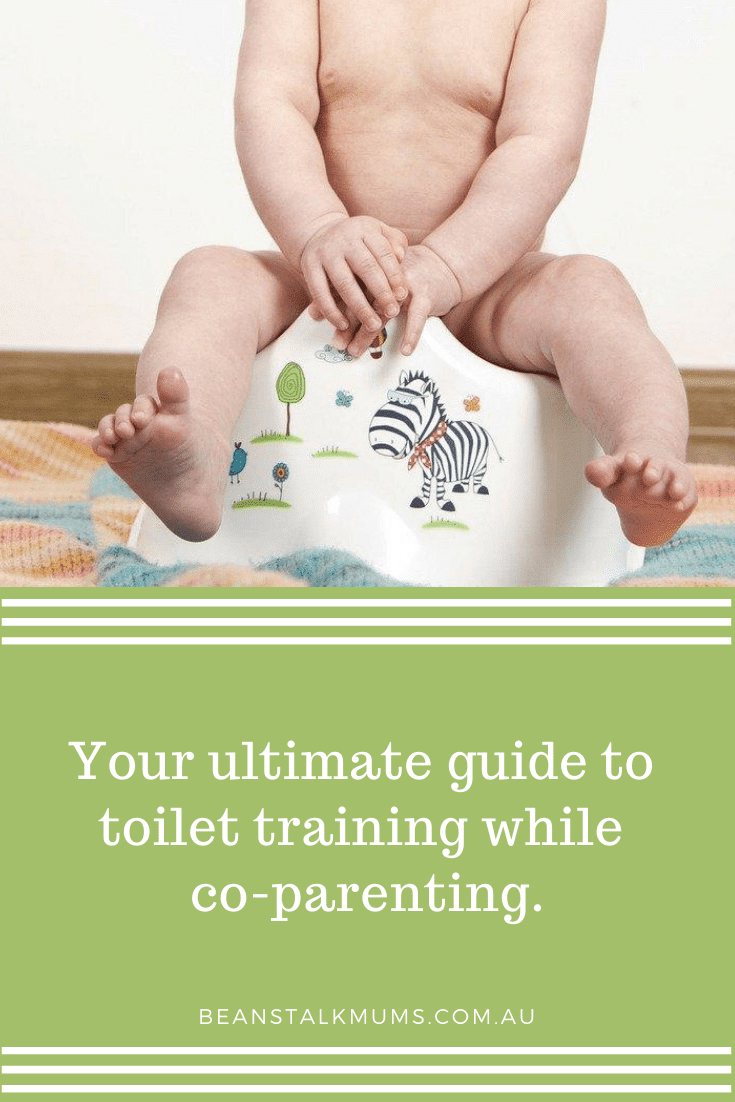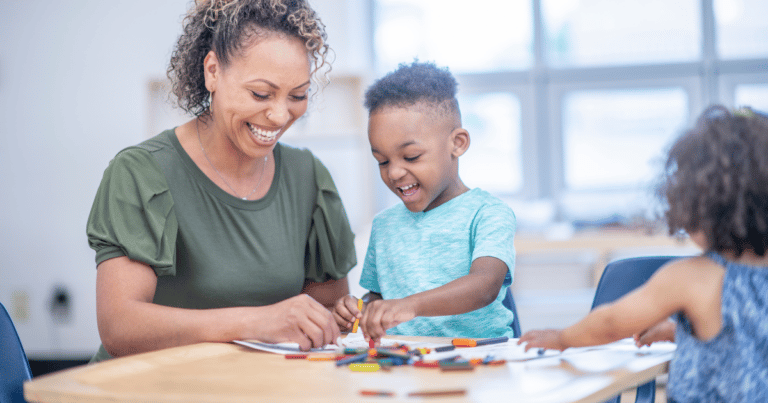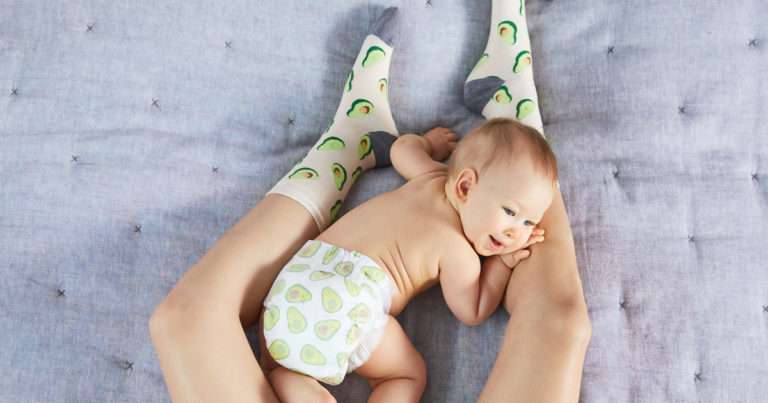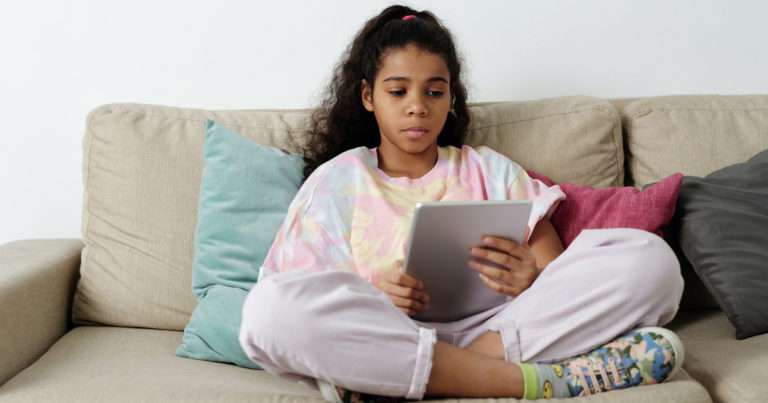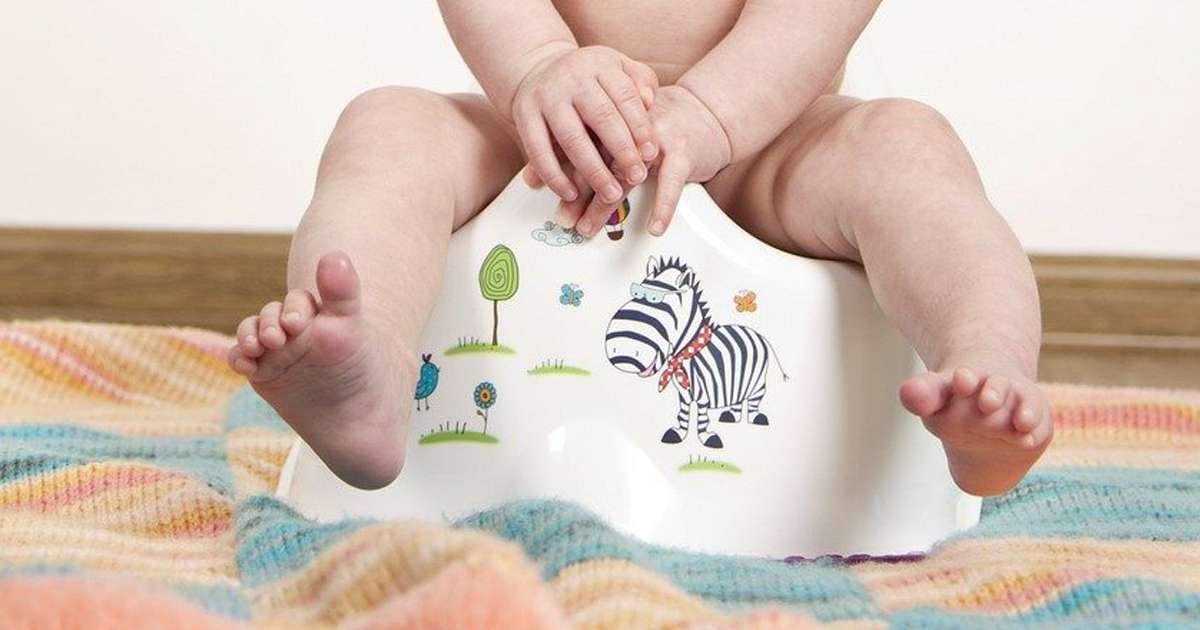
THE IMPORTANCE OF COOPERATION AND ROUTINE
In my book, Fight-free Families, I state that when their parents separate, more than ever children need unconditional love, security and routine. The aspect of routine is crucial when it’s time for the toddler to toilet train. Toilet training can be hard and stressful for everyone involved. So, when children have divorced parents and live between two homes, it can be even more challenging.
As well as routine, separated parents also need to be guided by these words:
“courtesy, cooperation and consistency”
The main words to avoid are:
“competition or comparisons”
For instance, it doesn’t matter in whose house the child has the most or least accidents!Sadly, in our psychology clinic we have seen a father who deliberately sabotaged the single mother’s training program by keeping the toddler in nappies! He continued to do this even when the mother supplied him training pants.
THIS IS THE TIME FOR SEPARATED PARENTS TO USE A TEAM PLAN
It is so important that both parents make an affirmative plan that sets aside any differences you may have and focus instead on meeting the needs of your toddler. You need to be a team who share the same goal –a happy toddler who proudly learns to self-toilet.
To help avoid conflict about expectations it is a really good idea for BOTH parents to follow the same “roadmap” and my book and webinar, Easy Toilet Training, is the best guide for how to toilet train toddlers ! There’s nothing more powerful than following clear instructions in writing or video from a certified expert.
The goal is to avoid all opportunities for “one-upmanship”. For example, if one single parent claims all the success for dry pants. The child is the only one who should be praised for dry pants and successful potty time results.
AGREE ON THE IDEAL TIME TO START TOILET TRAINING
Separated parents must agree about the ideal time to start toilet training, so the child does not get confused about what’s expected of her in her two different houses.
With toilet training, timing is everything.
If it’s taking too long, it’s the WRONG time.
With toilet training, if in doubt – WAIT.
Don’t start toilet training “just because it’s the holidays, it’s before or after the holidays or it’s because the rest of playgroup is starting it”.
Definitely don’t start just because somebody else, like a “know-all” grandmother, says “It’s time for your toddler to train because YOU were trained at that age”.
A CHECKLIST FOR CHOOSING AN IDEAL TIME TO TOILET TRAIN
The ideal time to start toilet training will depend on several things.
- The living arrangements with both parents are “stable” and there is unlikely to be any change for about 6 months (no house moves).
- There are indicators that the toddler is “ready”. These include: The child is often dry for at least 2-hour stints and after a nap; poos are regular and mostly predictable (after breakfast in the morning); the child can indicate she is about to poo or wee; the child can follow simple verbal directions.
- The minimum age is two-and-a-half but it is still best to wait for summer if they turn 2 in winter! In warm weather a bare bottom is more comfortable.
- There is agreement on the choice of training – my recommendation is to start with potty training and then move to the toilet when the child is confident.
- With the “ideal” cooperative parents it would be good to agree to use the same toileting props – even down to the type of potty, colour and all, to make it all very comforting for the toddler.
Important note: Although wet wipes are easier to use when toilet training, plumbers recommend discarding them in the trash. Flushing them can cause clogs and backups in your sewer line.
HOW DO YOU TOILET TRAIN?
Begin by introducing your toddler to the potty/toilet. Tell her what it’s for and encourage her to sit on it (clothes on or with a nappy on at first if necessary, and then without). Be prepared to tell a story, sing a song and even provide a snack and a drink to keep her interested in sitting until she’s used to the idea.
Both parents must be aware that toilets can be scary and a negative place to go because:
- Flushing water might be noisy and cold.
- There is height involved in sitting on an adult-sized toilet seat.
- It’s cold and dark.
- It may be a long distance away from the family and the child is expected to be there alone.
Some children insist that they absolutely must have Mummy or Daddy present while they are on the potty. This can be extremely inconvenient experience for busy adults but the child must come first.
PRACTICAL IDEAS TO MAKE TOILETING EASY
- A step to get onto the toilet
- A special toilet seat
- A heater to keep the toilet room warm
- A bright colourful poster on the wall
- A special light
- A special clock or toy on the wall
- Messages of love and positive heart stickers behind the door
USE REWARDS AND NO PUNISHMENT
One of the most important issues separated parents who are toilet training their toddler must agree on is that punishment is to be avoided at all costs. Rewards can be very useful incentives. A reward may be promised but is NOT given until AFTER the desired behaviour occurs.
(A bribe is something that is given BEFORE the desired behaviour and is NOT recommended.)
Fortunately, little children don’t know the meaning of the word “patronizing”, so feel free to exclaim about their wonderful “wees on potty”. Make your voice high and gushy so that they really hear the pleasure you feel. Praise them in the early stages for any indication that they are participating in the training – for telling you that their pants are wet, telling you they need to go, for taking off wet pants, for flushing and for washing their hands. Praise every little step forward!
Choose rewards that are appropriate for the age of your child – very young children thrive on bits of jellybean. One jellybean can be cut up into eight pieces. All that is needed is enough of the food to be placed on the child’s tongue, so that the child gets the instant ‘hit’ of yummy taste.
Bigger children who are slow to toilet training love coloured stickers and charts on the walls as rewards and best of all – special time with YOU (Mum and Dad)!
Gradually fade-out the rewards as your child becomes independent.
SHARE YOUR CHILD’S SUCCESS AS A REWARD
Both parents should make a list of family and friends and call them to share good news of dry pants and wees and poos on the pot/toilet.
It would be great to include your in-laws and not just your own parents as a gesture of good will! (Is this asking too much?????)
Say, “Mummy is very proud of you being a big girl and doing wees in the toilet. Let’s ring up Nanny and tell her. Nanny will be proud of you too.”
Toddlers love to talk on the telephone and could tell grandparents about using the potty. (To avoid disappointment, make sure that the grandparent is going to be home and is willing to give lots of praise and encouragement to the child.)
FINAL WORD ON TOILET TRAINING
In conclusion, all parents, together or separated, need to know that toddlers have a strong need to learn, be independent and develop new skills. With toilet training, be patient, be persistent and be positive.
